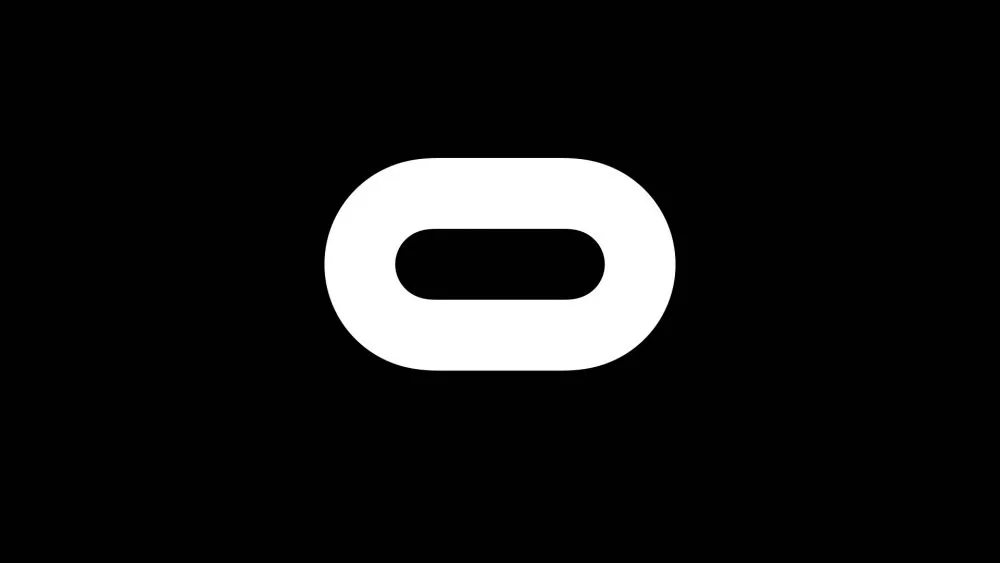Update Jan. 31. Still no verdict. The jury returns for additional deliberations on Wednesday, Feb. 1.
Update Jan. 30: The jury did not make a decision today in a Texas case brought by ZeniMax against Oculus. They will return for additional deliberations on Tuesday, Jan. 31.
Original story published Jan. 27:
Although Mark Zuckerberg already left the Earle Cabell Federal Court building last Monday, UploadVR continued to attend and take notes throughout the rest of the trial. Each side has now delivered its closing arguments, and a jury is likely to decide on Monday whether or not Oculus delivered a convincing defense from allegations the company misappropriated technology from ZeniMax.
“Facebook knew,” ZeniMax lawyer Tony Sammi said in his closing argument. “Zuckerberg may have never heard about it, but his lawyers knew.”
Both the plaintiff (ZeniMax) and defendant (Oculus VR, represented by Beth Wilkinson) have called more witnesses and experts to the stand over the last week. Wilkinson made her final argument to the jury on Jan. 26. She addressed ZeniMax’s allegations that Palmer Luckey’s origin story is a fabrication, and the Oculus Rift was built using its source code and trade secrets. She argued that Oculus’ founders all shared a vision.
“They want to bring this technology to life,” said Wilkinson.
She argued ZeniMax had the opportunity to make a deal with Oculus but didn’t because it didn’t want to work with a bunch of “clowns” and that VR technology was, according to CEO Robert A. Altman, “unproven technology that has failed again and again.” Wilkinson also claimed Altman refused to answer one of her questions 16 times, and failed to stick to his story.
ZeniMax argued an NDA Palmer Luckey signed was meant to protect its trade secrets.
“The reason for the NDA was to demo the game and get people excited about the headset,” explained Wilkinson.
Wilkinson characterized ZeniMax as being “jealous, angry, very embarrassed,” and said ZeniMax had several opportunities to contact them if they were concerned about Oculus using its technology, such as when Oculus launched its Kickstarter video.
“[Altman] saw it, and he didn’t do a thing about it,” said Wilkinson. “He didn’t do anything about it because he knew it was to their benefit.”
What did John Carmack contribute to Oculus?
Altman, CEO of ZeniMax, was the first to answer questions this week. During his testimony, he disclosed his working relationship with John Carmack and how “disappointed” he was when he found out he was leaving id Software to work for Oculus.
Altman said, “our technology is the foundation of their business. They wouldn’t have a business without us.”
Oculus believes the ZeniMax litigation is an “attempt to take credit for technology that it did not have the vision, expertise, or patience to build,” so former Oculus engineer Steven LaValle and software engineer Nirav Patel discussed their work during their testimonies. Patel said he focused on designing better sensors while LaValle said he independently developed predictive tracking.
John Carmack complimented Patel for his work, writing to him in an email, “that is exactly what I hoped to see on the latency graphs. It looks like you’re doing it right.” When asked if he found Carmack’s advice to be useful, Patel replied, “No, not particularly,” and gave Carmack some advice of his own. Sammi fired back, asking Patel if Carmack’s opinions could classify as “technical feedback.”
Additionally, Sammi asks about a “heated exchange” LaValle remembers hearing in which former Oculus CEO Brendan Iribe told co-founder Jack McCauley, “don’t interact with John Carmack’.” Sammi brought up portions of several emails throughout the trial in an attempt to paint Carmack as instrumental to the company’s success. ZeniMax also called Tim Willits, creative director at id Software, who testified that ZeniMax was a great fit culturally with Oculus.
“We felt that they were on the same page as us – not just with business but also culture,” he said.
Are supposed trade secrets actually in the public domain?
ZeniMax alleges it was key in developing the following “trade secrets”: distortion correction, chromatic aberration, gravity orientation and sensor drift, head and neck model, predictive tracking, HMD view bypass, and time warp.
Both ZeniMax and Oculus called on several independent experts to determine whether there was infringement and plagiarism of code. Last week, we reported Professor David Dobkin said he found evidence of ZeniMax techniques used by Oculus. Wilkinson argued on behalf of Oculus that there are multiple ways to achieve the same solution, but Dobkin nevertheless stated he is “absolutely certain Oculus copied from ZeniMax code.”
This week, Oculus called a pair of independent VR experts to analyze Dobkins’ report. They suggested Oculus used different methodology in developing its approach and questioned whether ZeniMax publicly disclosed its trade secrets.
So what’s the verdict?
Yesterday, just before letting everyone go home, the judge announced there will be no more testimony. The jury has today and the weekend to consider its verdict and whether any money is owed.
























